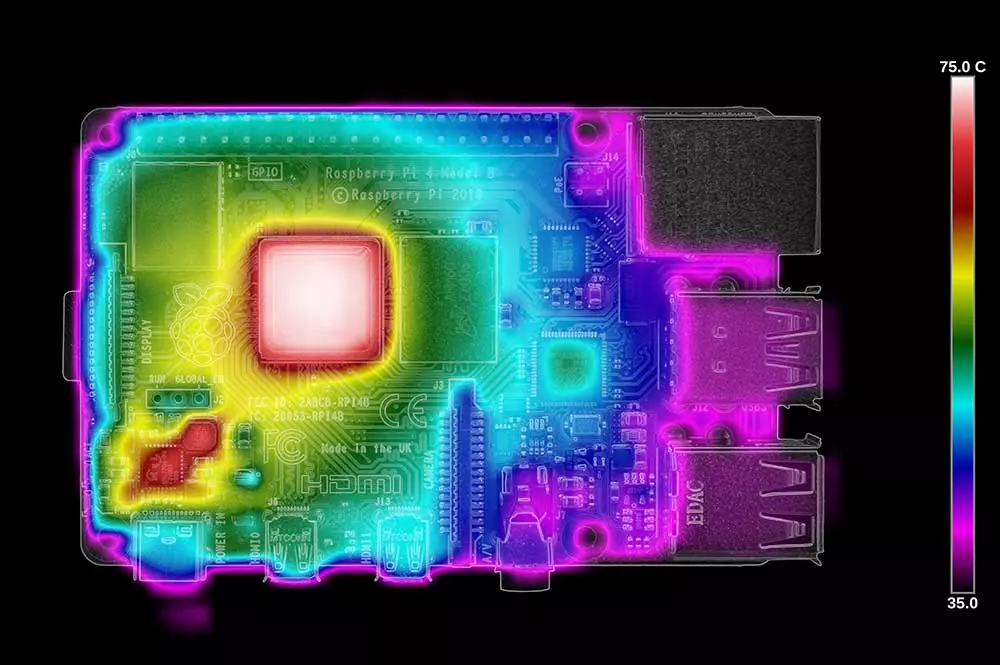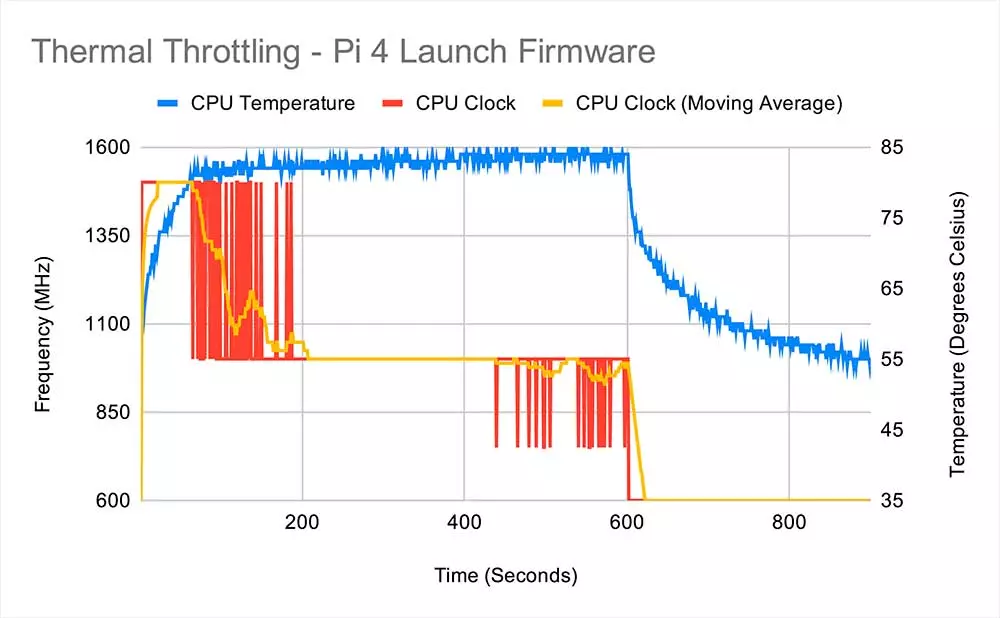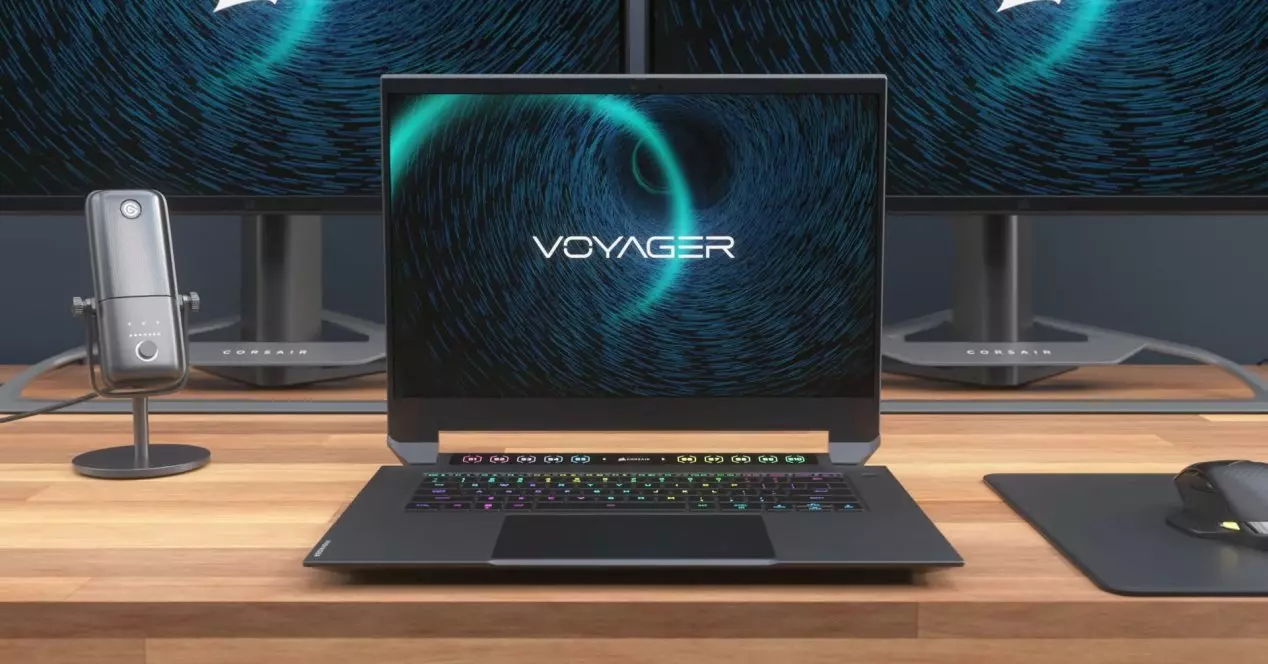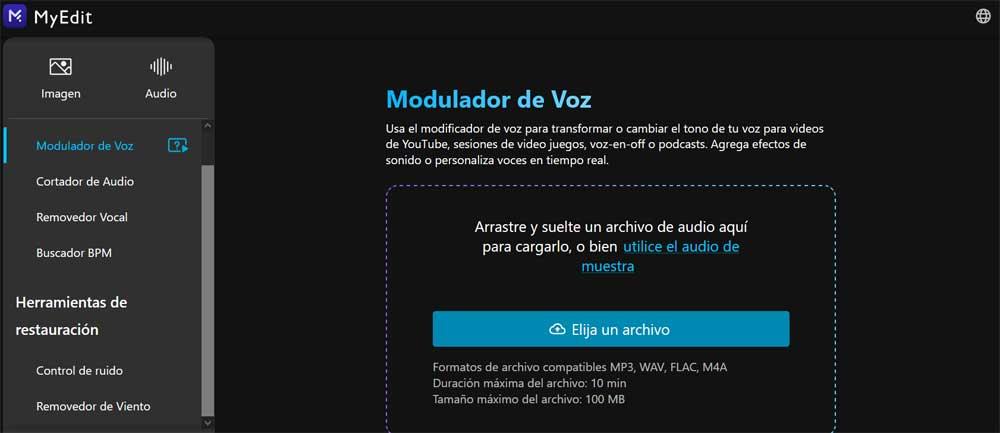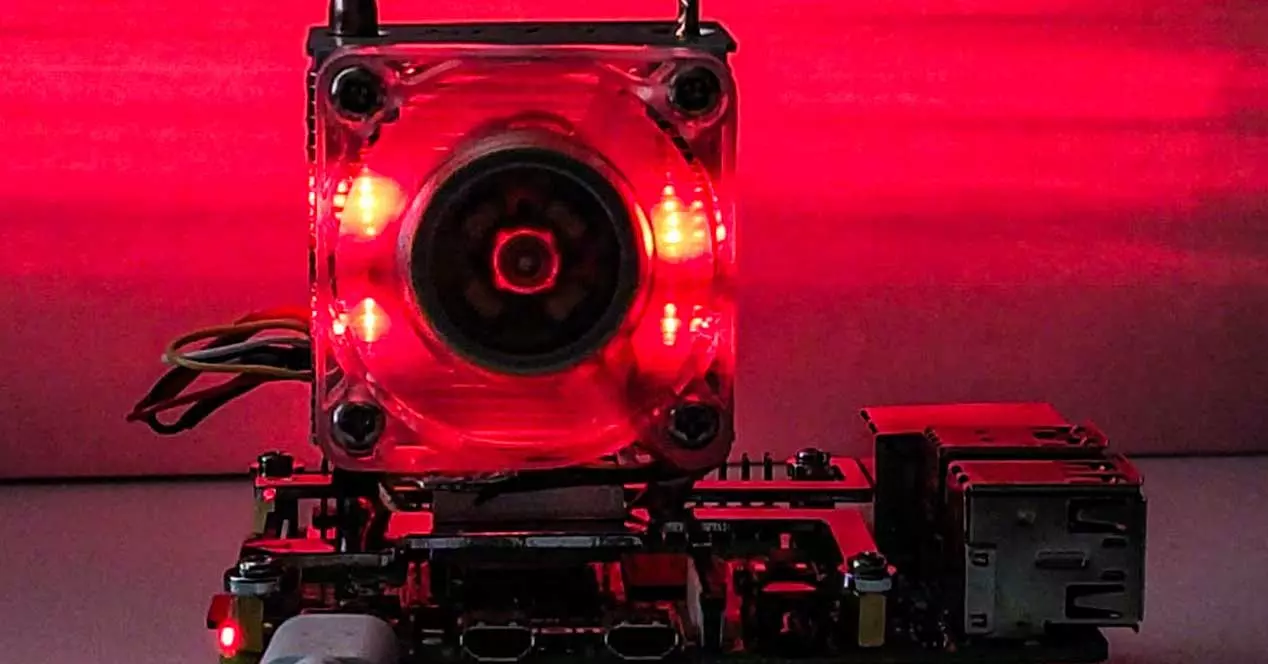
Without a doubt, Raspberry Pi has become a device widely used by users, but, although its performance improves with each version, it is still more than fair. For this reason, many users rush to increase the clock speed, that is, overclock their Raspberry Pi. The problem is that this generates much more heat than this device already produces, so many have the following question. Is a fan necessary for the Raspberry Pi?
Well, it’s a great question and it has a lot of crumb. The first thing we should know is that a Raspberry Pi suffers, at some point in its life, be it prolonged or punctual, thermal throttling, or in other words, Thermal Throttling. This is a problem, from Raspberry they know it and therefore if we already have a drop in performance caused by temperature, increasing its frequency is not going to be a good idea without help.
Is a fan necessary for Raspberry Pi?
Well, the truth is that yes, it is more than recommended and especially in times like summer. The Raspberry itself shows us the limits of its last two models even with thermal images and how we can see as the models advance and with it the power temperatures are a more than pressing problem.
With 85º C in the Pi 4 model, the frequency drop goes from 1.5 GHz to 1 GHz in a stable way for almost 400 seconds, but from there and seeing that it reaches the aforementioned limit figure, the clock drops to 600MHz.
This is totally counterproductive of stock, without touching the device, since the performance plummets to less than half, therefore, simply thinking about increasing the speed in these conditions is just fantasy and this is where the fan comes into play. .
A simple fan or a heatsink?
Well that’s the big question really. A good heatsink may be the solution, but perhaps when overclocking our temperatures continue to skyrocket, so we have to look for more solutions due to the increase in frequency.
Therefore, we are going to need a heatsink with a fan to face what has been said with guarantees, because the overclock itself is going to shoot almost 10º C on average the aforementioned data. A heatsink with a fan will lower the temperature approximately 40º C or 30º C, depending on the model, if it is part of a case or similar.
There are a wide variety of options to choose from, but if what we are looking for is maximum performance, then the options go through the typical tower heatsink with fan as in PCs. The most purchased options, on the other hand, are the cases with a heatsink and fan, which are more optimal to protect the entire system from dust, which is better in the long term.
Therefore, it is more a priority of each one and where you want to take your Raspberry Pi than a general recommendation, the two cooling options have their pros and cons, but they are certainly necessary and better optimized than a simple fan for your Raspberry. Pi, whatever model it is.
